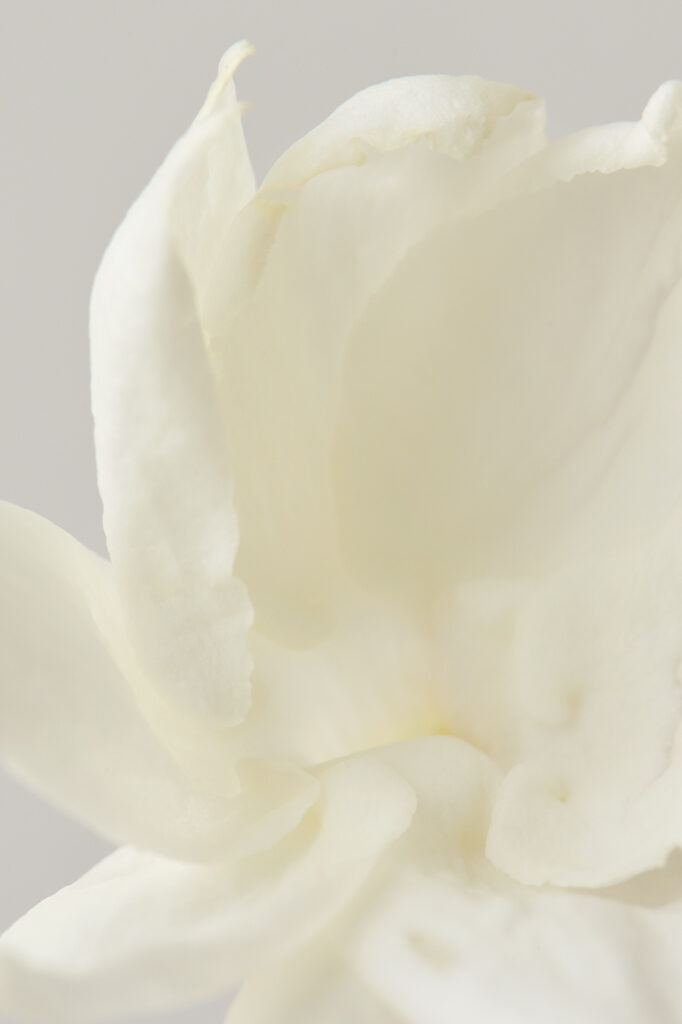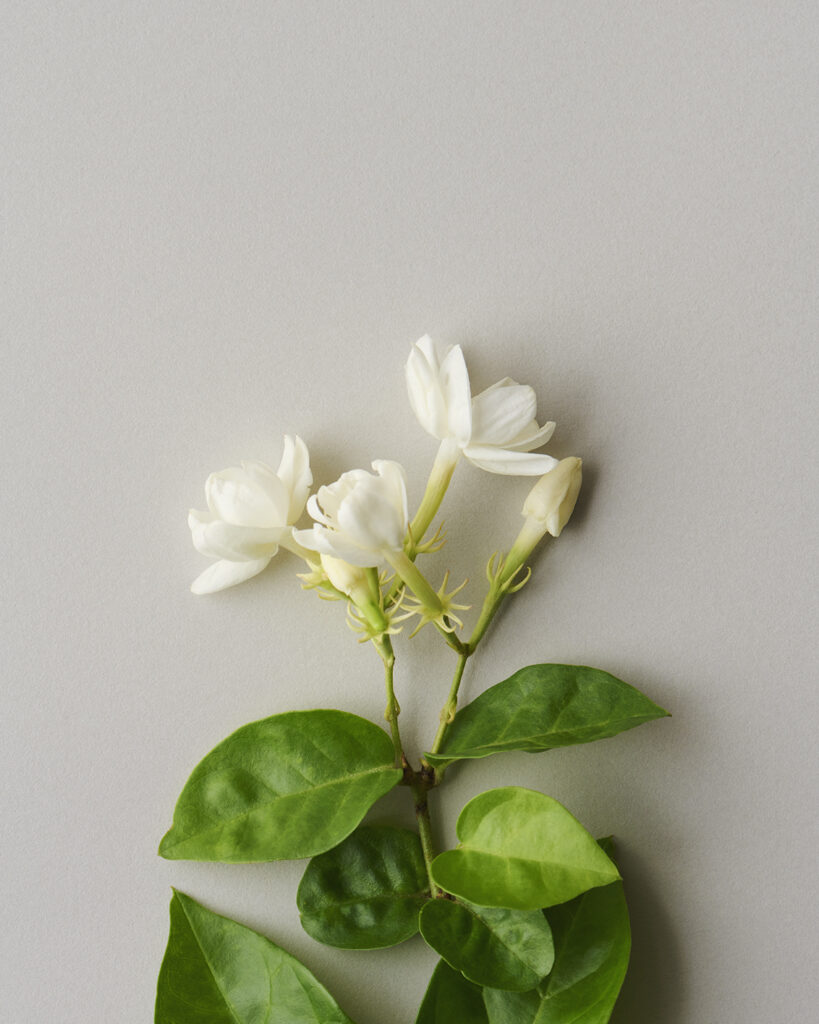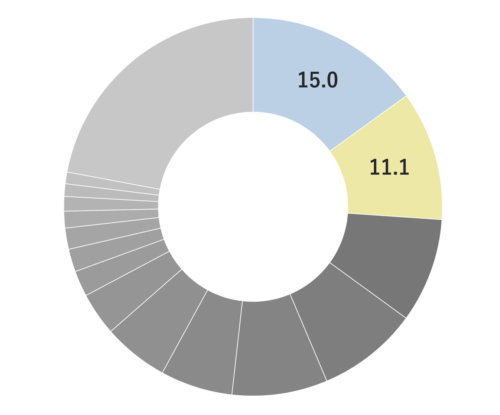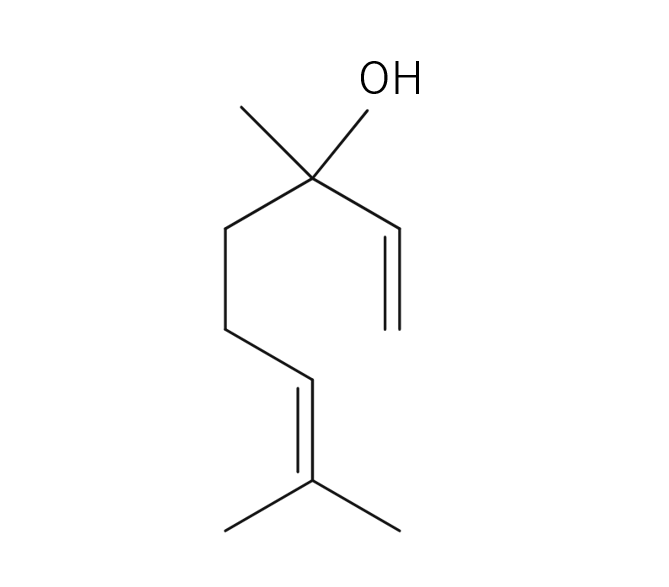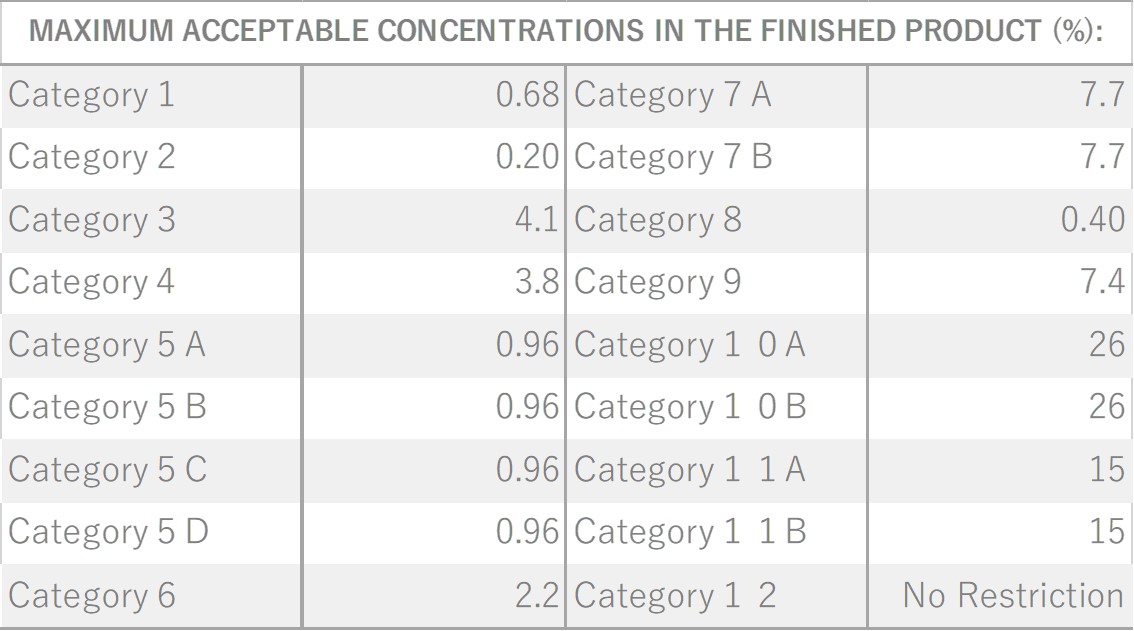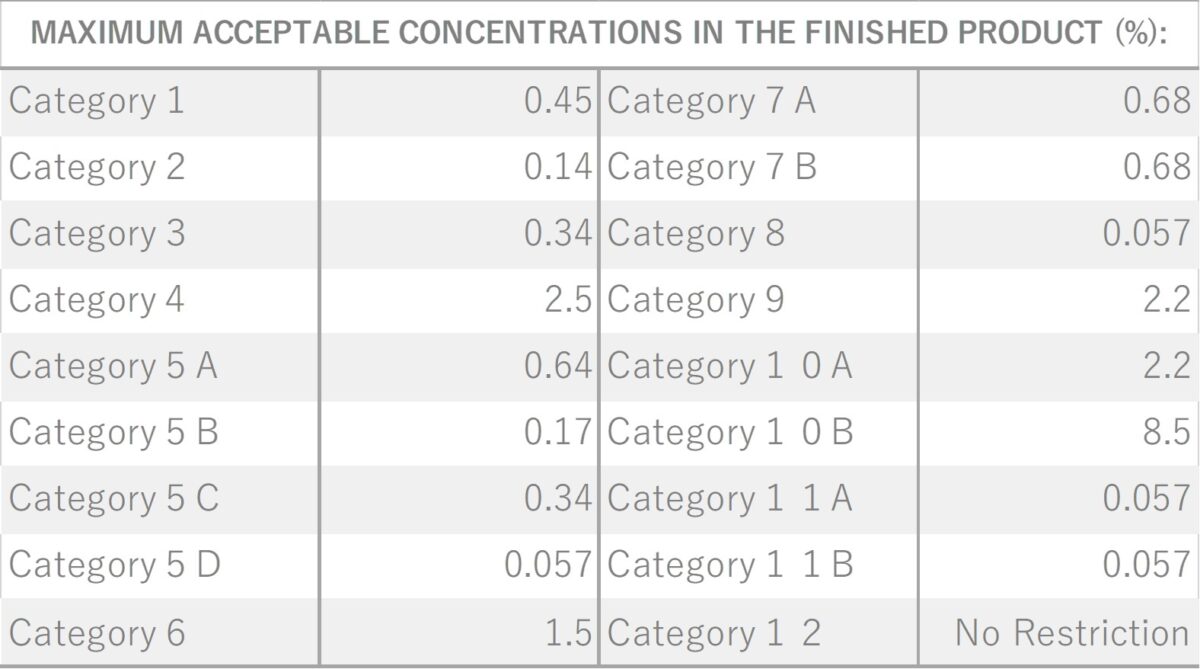Jasmine, a small shrub belonging to the Oleaceae family, features evergreen leaves and produces petite, thick-fleshed white flowers with a captivating fragrance that blooms in the evening and at night during the summer season.
The name “jasmine” is believed to have originated from a Persian word signifying “gift from God.” This flower holds cultural significance, serving as the national flower of the Philippines and Indonesia and cherished for generations, gracing weddings and welcoming guests. Additionally, it holds a place of importance in religious rituals and meditation practices in various other nations. In China, Jasmine is used as a flavoring agent in the production of jasmine tea.
Though numerous jasmine varieties exist, with “Jasminum officinalis” being one of them, only a select few from over 200 cultivated varieties can be utilized to extract essential oil.
